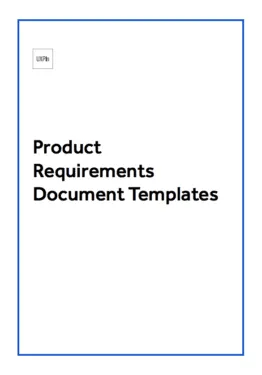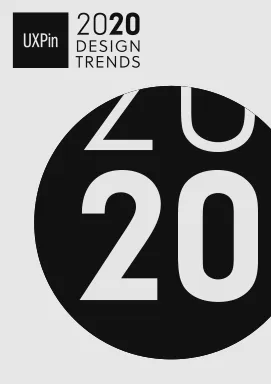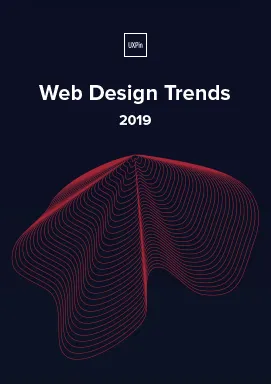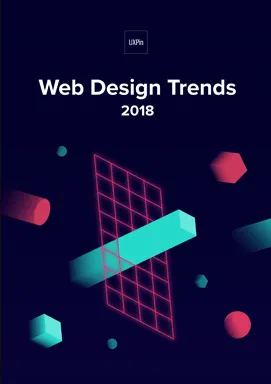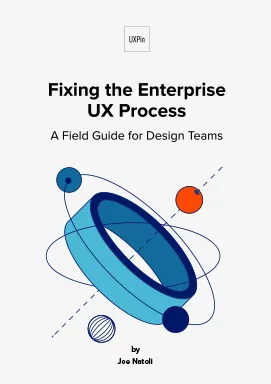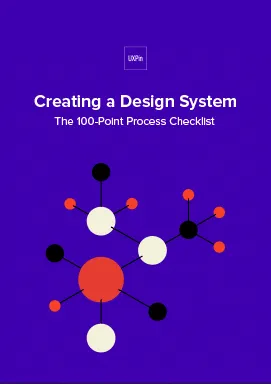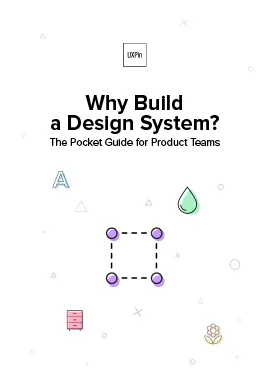Product Requirements Document Template
Clear instructions & examples.Are you:
- A UX/UI designer?
- A product designer?
- In a UX or product position?
- A project manager?
Product requirements documents help you define the value and/or purpose of a product and/or its features. You can use our product requirements document template to discuss what you’re creating, who it’s for, and how it can benefit the user.
Our product requirements document template uses a top-down approach, beginning with the overall direction of your vision. It then ties together the product’s goals with features required in order to achieve the goals. You can also define end-user interaction with function.
Recently, agile development processes have pivoted companies towards adaptive planning approaches. Any requirements discovered as the project progresses get added to a backlog from where they’re prioritized by importance.
How the Product Requirements Document Template Will Help You
- Overview – Explain why the product should exist
- Introduction to our team – List the project team members and roles
- Target users defined – Who are you designing the product for and why?
- User problems solved – What problems should the product address and how?
- Core user stories – Key functions users can perform
- List of your competitors – How are they positioned in the market?
- Related documentation – List of all core documentation related to the project
- Pricing – If it’s a paid product, how will you position it in the market?
- Dependencies – Is there anything that could affect the project outcome?
- Product release dates – Indicate the expected release date
- Product launch tactics – Provide the anticipated product marketing plan
Other Resources Related to Product Requirements Documents
UXPin’s Product Requirement Document Template offers clear instructions with examples to get your client projects from inception to finished product. The 11 sections will prove a valuable guide for your product team. Created by one of our product managers with 10 years of experience, you’ll learn actionable tips you can use immediately.
You may also be interested in:
The Definitive Guide to Integrating UX and Agile
